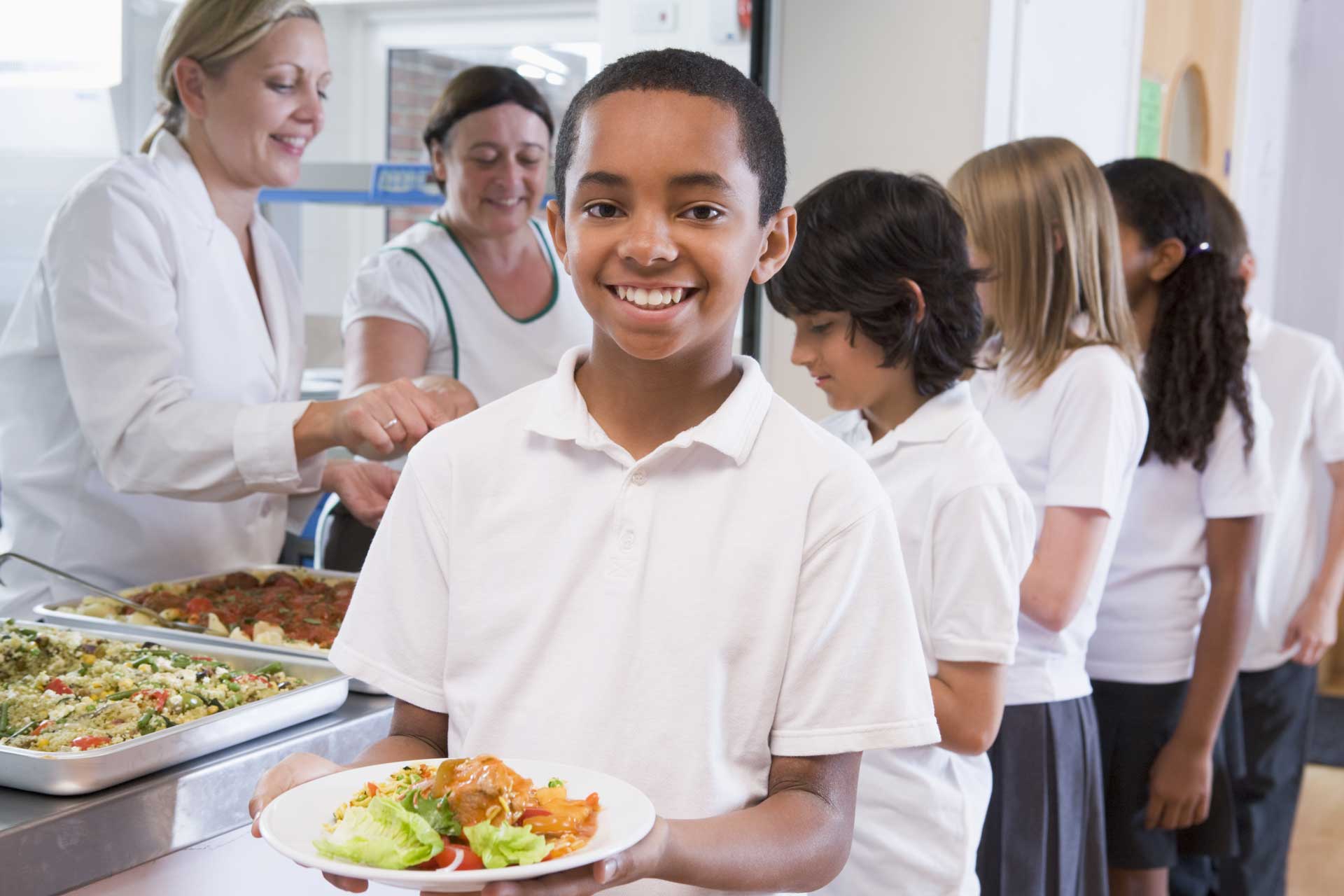
On June 25, 2022, President Biden signed the Keep Kids Fed Act to fund summer food programs through September 30 and the Universal School Meals Program through June 30, 2023. However, there are a few changes districts, parents and students need to know going into the 2022-2023 school year.
First, a little background… The Universal School Meals Program was a temporary measure adopted during the COVID pandemic to ensure all school-aged children would have access to a free breakfast and lunch. Food services requirements like having to serve meals in congregate settings, parents having to meet certain income for free and reduced cost programs, and what could be served were waived given the impact of COVID and supply chain issues.
Now that the worst of the pandemic has passed, the Keep Kids Fed Act extends some flexibilities offered through the Universal School Meals Program and ends others for the 2022-2023 school year. Here’s what’s happening:
- For the first 30 operating days of the 2022-2023 school year, a student’s eligibility for free meals is determined by the preceding year’s eligibility, unless eligibility determination for the current school year occurs first – then that takes precedence.
- Free and discounted meals will only be available to a student whose family meets income eligibility guidelines and completes the required application. (The only exception is if your school uses the “Community Eligibility Provision” – in this case, meals will be free to all).
- To help offset cost increases for food and operations, the reimbursement rate is changing. Schools will receive 40 cents more for each lunch and 15 cents more for each breakfast served, along with an annual inflation adjustment. However, according to ABC 7 Eyewitness News, this will still amount to less than the reimbursements provided during COVID.
In addition, the USDA granted certain waivers by state that apply if meal service is interrupted by the pandemic again. Click here to view waivers for each state, including New York.
If your district hasn’t already started getting everything set to comply with the new law, now is the time. Numerous districts have already started communicating with families via email to let them know schools are returning to meal program guidelines and processes used pre-Covid:
- Unless a child is approved for the reduced price or free meal program, he/she will be responsible for paying the full cost of in-school meals. Due to inflation, those who do pay the full price for lunch will likely be paying higher prices than those in effect before the pandemic.
- If your district requires families to set up and fund an account to pay for meals at school, you’ll need to provide instructions on what to do and how. This will be especially important for families whose child(ren) entered the school system in 2020 or 2021, as they may not have any experience with the process.
- Children in families with income under certain limits may be eligible for free or reduced cost meals. Families must complete and submit an application to be approved for this program through the 2022-2023 school year. Consider sending information to families, providing details about the application process (i.e., how to apply and when) and letting them know the school will communicate the outcome (whether they are approved for reduced price, free, or full-price meals). Note: If a family receives TANF and/or SNAP benefits, they can submit a certification letter from the Local Department of Social Services or complete an application by simply providing case number, children’s names, and an adult signature.
At the same time, all the behind-the-scenes work needs to take place to ensure your school breakfast and lunch programs are ready to be up and running the first day of school. This includes School Food Authorities completing their Annual Renewal prior to the start of the school year.
This may not be the end of the free breakfast and lunch discussion. Several states have opted to continue the program and others are putting it on the ballet. New York isn’t there yet, but you never know.
For more details about eligibility, applications, and more, visit the New York State Education Department Child Nutrition Knowledge Center and check out the USDA FAQs.
If you need accounting, tax, or auditing assistance related to your district’s meal program, or any school finances for that matter, contact RBT CPAs. We’ve been helping school districts in the Hudson Valley and beyond for over 50 years with their accounting, taxes, and audits so their leaders are freed up to focus on their biggest priority: educating children.
